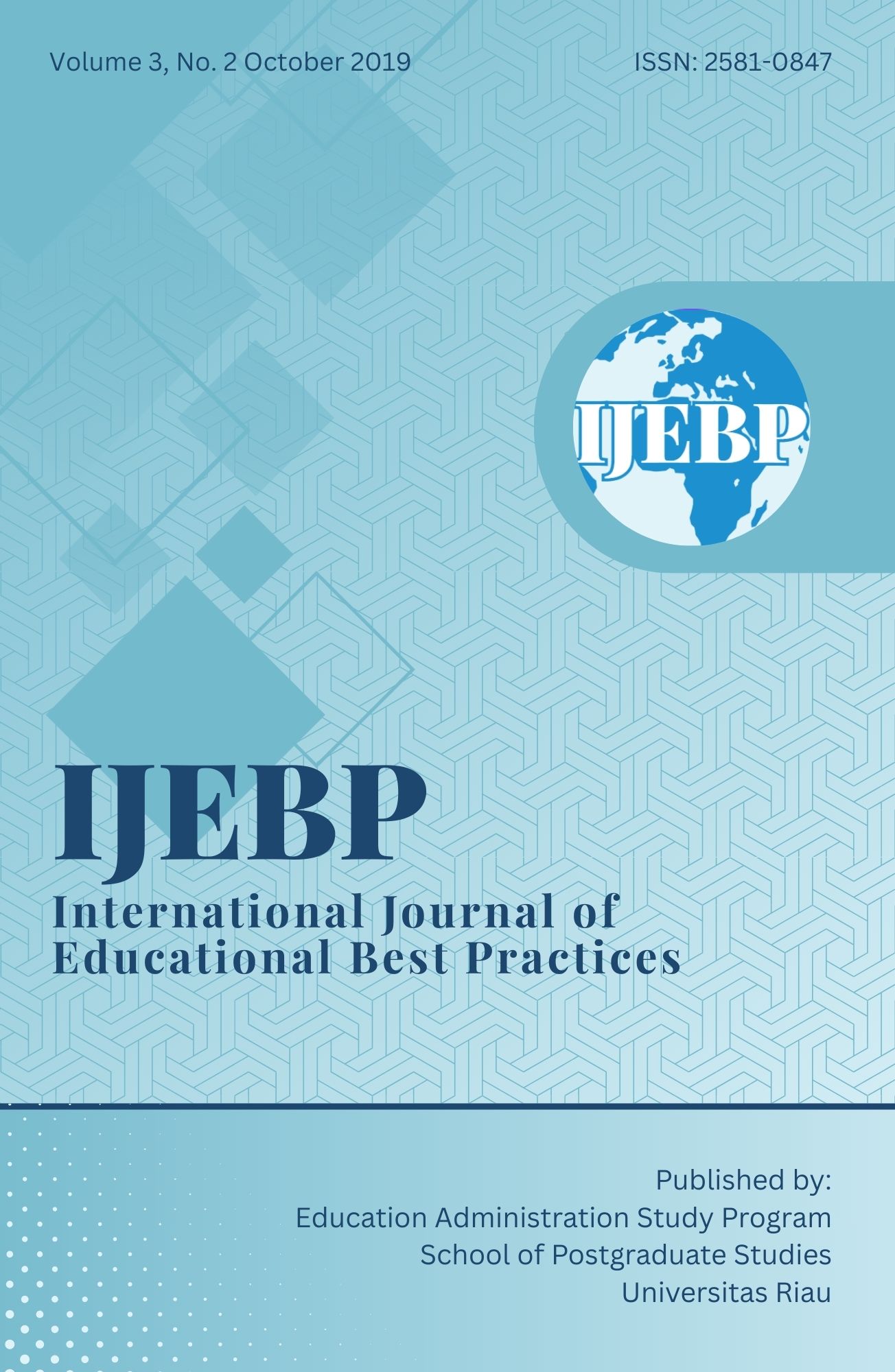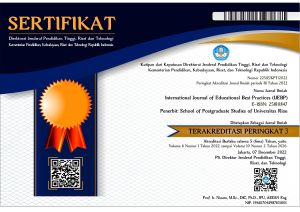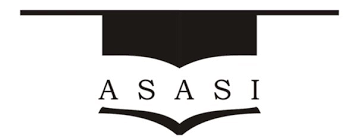THE IMPROVEMENT OF STUDENTS’ ACADEMIC WRITING THROUGH READING ABILITY USING COOPERATIVE INTEGRATED READING AND COMPOSITION (CIRC) MODEL
DOI:
https://doi.org/10.31258/ijebp.3.2.52-63Keywords:
Cooperative Integrated Reading and Composition (CIRC), summary writing, Learning OutcomesAbstract
This learning improvement study aims to improve teaching and learning outcomes in academic writing through reading ability by applying CIRC model. This research was conducted based on the problems that occur when students taking Academic Reading and Writing courses. Among the problems found is that students still find difficulties in writing a summary of the specified article. The research subjects were students in the fourth semester of the academic year 2018/2019. Before applying this method, the writer conducted a pre test. The pre-test results showed that the students' writing summary skills were still low. The pre-test result was 2.77% of students scored very well, 19.43% got a good score, 27.77% of students scored moderately, 47.22% scored less, and 2.77% in the category of failure. The Classroom Action Research method is carried out in the application of the CIRC model which consists of two cycles, where each cycle took place in two meetings, and each cycle applied different learning activities. The results of the first cycle have shown changes in several assessment criteria, but the research was still being carried out into the second cycle. This was done to further strengthen learning by using the CIRC model. The percentage of student scores in the second cycle shows that 36.03% got a very good score, 33.33% got a good score, 30.55% got a sufficient score, and no more students scored less, and failed. From the above results can be concluded that the application of the CIRC model by the distribution of different discussion groups in each cycle affected learning outcomes. Thus the CIRC model can be considered to use in learning academic writing through reading ability in Academic Reading and Writing courses.
References
Aqib,Zainal., Jaiyaroh, Siti., Diniati, Eko., Khotimah, Khusnul. (2009). Tindakan Kelas. Bandung: CV. Yrama Widya. Penelitian
Brown, Doughglas H. and Priyanvada Abeywickrama. (2010). Language Assessment. 2nd Edition. New York: Pearson Education, Inc.
Chamisah. (2013). An Analysis on the Advantages of Cooperative Learning Approachin Teaching Writing. Retrieved from : (https://www.researchgate.net/publication/322704565_AN_ANALYSIS_ON_THE_ADVANTAGES_OF_COOPERATIVE_LEARNING_APPROACH_IN_TEACHING_WRITING
Durukan, Erhan. (2010). Effects of CIRC Technique on Reading-Writing Skills. Educational Research and Reviews Vol. 6(1), pp. 102-109, January 2011. Turkey: Department of Turkish Education, Faculty of Fatih Education, Black Sea Technical University.
Harmer, Jeremy. (1991). The Practice of English Language Teaching. London: Longman Hefferman, James, A.W., and John, E. Lincoln. 1994. Writing A College Handbook. New York: W.W Norton Company.
Jordan, RR.(1999). Academic Writing Course. England: Pearson Education Limited.
Kunandar. (2010). Penelitian Tindakan Kelas. Jakarta: Rajagrafindo Persada.
Nunan, David. (1999). Second language Teaching and Learning. Boston: Heinle & Heinle Publishers.
Oshima, Alice dan Ann Hogue. 1997. Introduction to Academic Writing. 2nd Edition. New York: Longman.
Oshima, Alice dan Ann Hogue. (2007). Introduction to Academic Writing. 3rd Edition. New York: Pearson Education, Inc.
Pardede, Parlindungan. (2017). LiteratureReview1 Integrated Skills Approach in EFL Classrooms: A
Retrieved from (https://www.researchgate.net/publication/332607443_IntegratedSkills_Approach_in_EFL_Classrooms_A_Literature_Review_1).
Phenix, Jo. (1990). Teaching Writing. USA: Pembroke Publishers Limited.
Rooks, George M. (1999). Share Your Paragraph: Interactive Approach to Writing. USA: Prentice Hall Regents
Sanjaya, Wina. (2010). Strategi Pembelajaran Berorientasi Standar Proses Pendidikan. Jakarta: Prenada Media Group.
Shoimin, Aris. (2014). 68 Model Pembelajaran Inovatif dalam Kurikulum 2013. Yogyakarta: Ar-Ruzz Media.
Suprijono, Agus. (2011). Cooperative Learning: Teori dan Aplikasi PAIKEM. Yogyakarta: Pustaka Fajar.
Uno, Hamzah, and Nurdin Mohamad. (2012). Belajar dengan Pendekatan PAILKEM. Jakarta: Bumi Aksara.
Wiriaatmadja, Rochiati. (2005). Metode Penelitian Tindakan Kelas. Bandung: PT. Remaja Rosdakarya.





